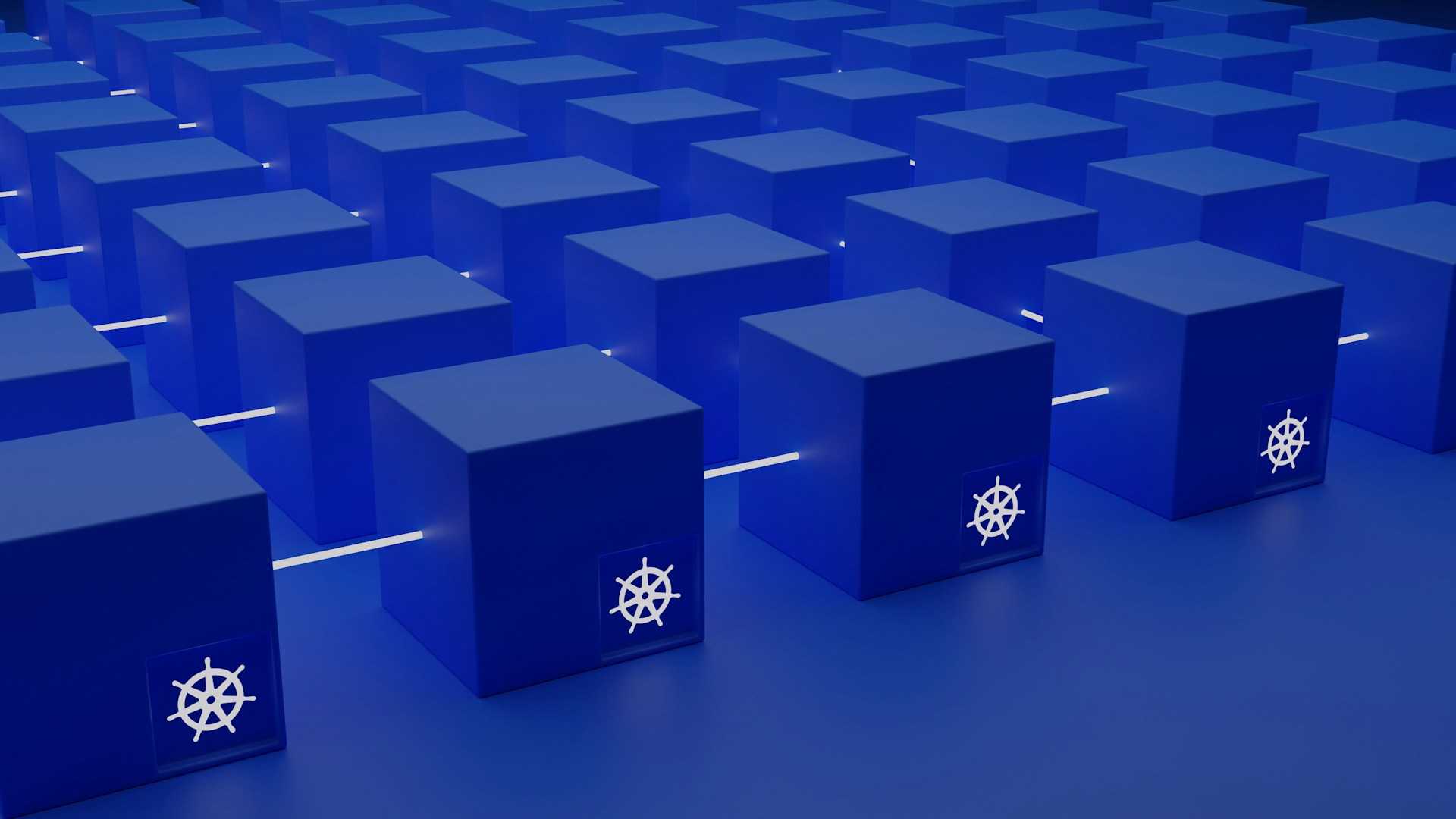Enkash on AWS EKS
How Enkash uses EKS in AWS Cloud
EnKash is an all-in-one comprehensive commercial payments platform. Enkash enables businesses to digitize and simplify their commercial payments. EnKash has been able to create unique value with the combination of platform and cards, with state-of-the-art technology, EnKash is committed to help businesses in their cash flow management challenges. Their application was deployed on Amazon EC2 instances, but they wanted to modernize their infrastructure and adopt Kubernetes for improved scalability, reliability, and ease of management.
THE CLIENT’S CHALLENGE
- Managing the infrastructure: Significant amount of time and effort was being spent for managing the EC2 instances, including provisioning, scaling, and patching.
- High availability: Ensuring high availability and fault tolerance required additional complexity, cost and effort.
- Managing Storage for EC2: This was again a challenge as it required manual interventionby and engineering/Ops member
ARCHITECTURE

EKS Deployment
Considering above challenges, Enkash decided to migrate their application to Amazon EKS. As per the environments, separate EKS clusters were required (i.e. Dev, UAT and other for Prod). All the monolithic applications for Enkash were containerized by the Techpartner team. There were certain code changes required to make an application to be able to run inside the container. The Techpartner Team worked closely with Enkash’s application development team to change code accordingly. Once the application was containerized, the image was pushed to AWS ECR. Post this EKS cluster was spawned using eksctl tool in a Non-Prod account and containerized applications were deployed to it. Rigorous testing and sanity was done by Techpartner and Enkash teams. After successful verification, EKS cluster for production environment was spawned and containerized applications were deployed to it. CI-CD is managed by Jenkins tool. All the automation for application deployment is done by Techpartner team in a most reliable and cost-effective way.
INSIGHT TO ACTION
The TECHPARTNER team worked with the Enkash management team and Tech Leads to understand the project needs. Together we chalked down the plan and finalized the setup. Our focus was to leverage AWS services and utilize the open source tools to achieve the required output.
- Created Dockerfile for all the apps
- Stored them in ECR repo
- Organized apps as per the criticality and workload in different nodegroups
- Created EKS cluster with planned managed nodegroups
- Deployed apps for the EKS cluster
- Created CI-CD workflow in most reliable and cost effective manner
Further, this setup was validated by external auditors and the setup is PCI-DSS certified.
BENEFITS
- Improved scalability: With Amazon EKS, Enaksh is able to easily scale their application horizontally by adding or removing worker nodes based on demand.
- Increased reliability: Amazon EKS provides built-in features for high availability and fault tolerance, ensuring that the application remains resilient to failures.
- Simplified management: Kubernetes automates many aspects of application deployment and management, reducing the operational overhead for the Enkash DevOps team.
- Enhanced agility: By adopting Kubernetes, Enkash was able to leverage advanced deployment strategies such as blue-green deployments and rolling updates to release new features faster and with minimal downtime.
AWS STACK



